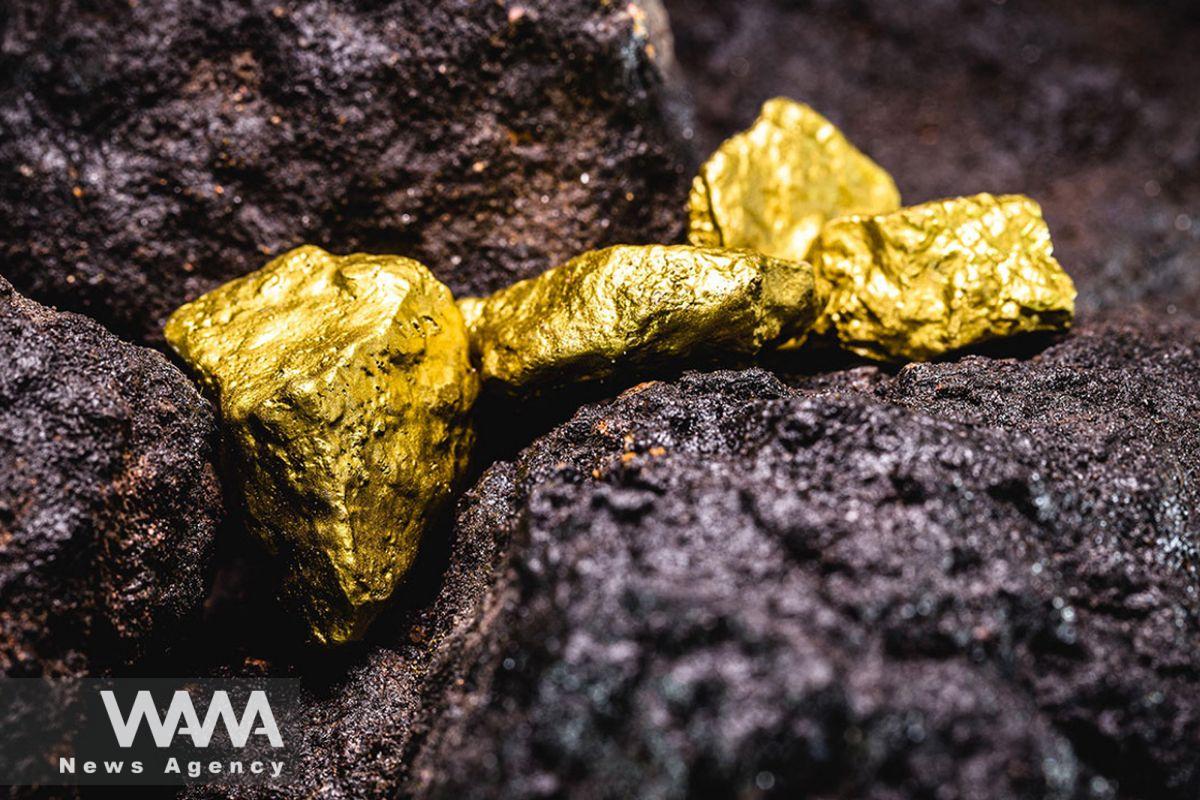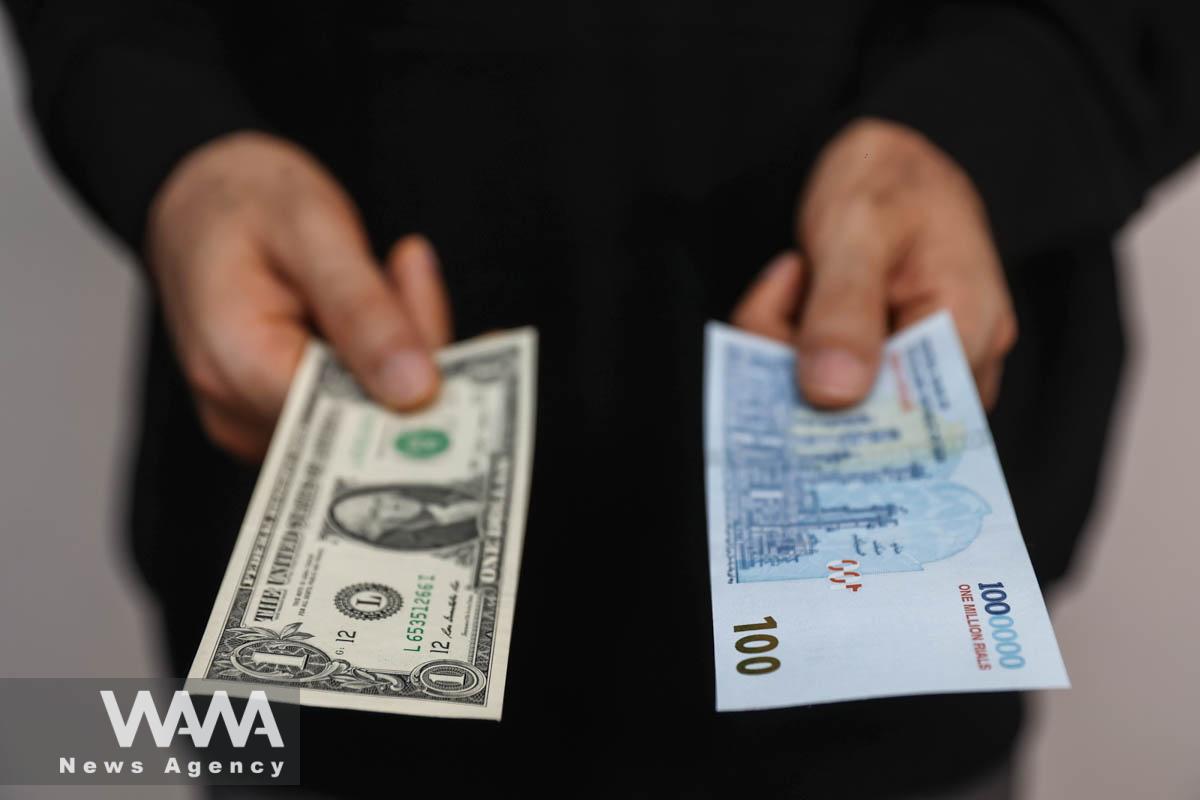WANA (Nov 01) – As the global gold market enters a short-term correction phase following record-breaking highs, prices of the precious metal in Iran continue to show notable volatility. Analysts say the trend in Iran’s gold market is now more closely tied than ever to U.S. monetary policy decisions and domestic currency fluctuations.
In recent weeks, the price of 18-carat gold in Tehran has oscillated between 10 and 11 million tomans (about 100$) per gram, reflecting simultaneous instability in the foreign exchange market and persistent inflation expectations. Economists note that gold’s trajectory in Iran is no longer dictated solely by the local dollar rate, but by an interconnected web of factors stretching from Washington to Tehran.
Iranians look at the window of a gold shop in Tehran Bazaar, Iran August 16, 2022. Majid Asgaripour/WANA (West Asia News Agency)
A Temporary Global Correction Before the Next Upswing
After rallying to a historic peak near $4,400 per ounce earlier this year, global gold prices have stabilized around the $4,000 mark. International analysts interpret this pullback as a natural correction following months of sharp gains.
The recent surge was driven largely by a weakening U.S. dollar and expectations of lower interest rates from the Federal Reserve. However, when Fed policymakers signaled delays in potential rate cuts, investors began locking in profits, prompting a short-term retreat.
Despite this pause, major investment banks remain bullish. Institutions such as Goldman Sachs and J.P. Morgan project that gold could surpass $4,500 per ounce by the end of 2025.

WANA (Jun 10) – As Iran seeks to reduce its reliance on oil revenues and bolster its productive sectors, gold and copper are emerging as two key strategic resources poised to play a pivotal role in driving sustainable economic growth, boosting foreign currency reserves, and supporting industrial infrastructure. Rising Strategic Importance Amid Global Volatility […]
Domestic Dynamics: The Amplifying Role of Exchange Rates
In Iran, the price of gold remains highly sensitive to movements in the local exchange rate. During periods when the rial strengthens due to market intervention or political calm, even a global rise in gold often has limited domestic impact. Conversely, any wave of inflation or currency depreciation typically accelerates gold’s climb—sometimes outpacing global trends.
At present, with the dollar trading steadily between 106,000 and 108,000 tomans, Iran’s gold market appears to be in a holding pattern. Market participants warn, however, that any renewed upward momentum in the dollar could trigger a sharper and faster reaction in gold prices.
A currency dealer holds a U.S one-dollar bill and Iranian rial as the value of the Iranian Rial drops, in Tehran, Iran, March 26, 2025. Majid Asgaripour/WANA (West Asia News Agency)
Geopolitics and Central Bank Purchases Add Fuel to the Fire
Beyond U.S. interest rates, geopolitical tensions and central bank behavior are also shaping the outlook for gold. According to the World Gold Council, central banks added more than 400 tons to their reserves in the first half of 2025—an indication of waning confidence in the U.S. dollar as a reserve currency.
At the same time, ongoing conflicts in the Middle East and rising tensions in East Asia have boosted safe-haven demand. Within Iran, rapid liquidity growth and persistent inflationary pressures continue to drive domestic investment toward gold as a hedge against uncertainty.
Analysts broadly agree that the current phase represents a pause rather than the end of gold’s broader uptrend. Should the Federal Reserve begin lowering rates in the second half of 2025, a weaker dollar and renewed global demand could once again lift gold prices—both internationally and across Iran’s tightly linked domestic market.


